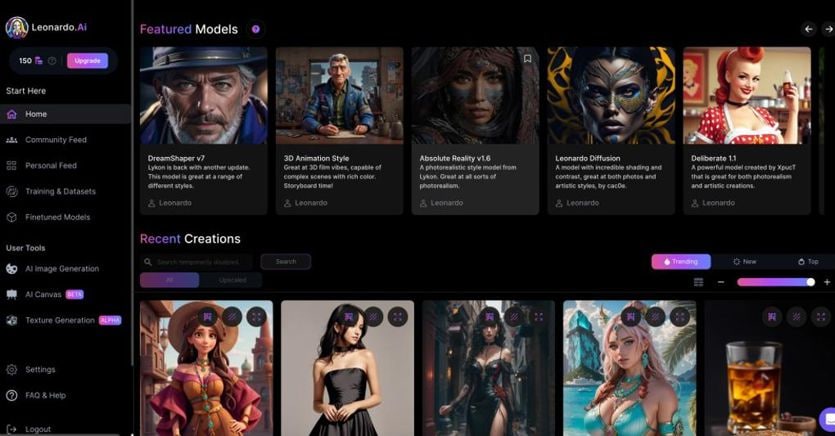Listen to the audio version of the article
In the last year, tools for creating images with artificial intelligence have multiplied. Many more possibilities, therefore, to satisfy different needs and there has also been an increase in quality; at the same time, it is now more difficult to orient yourself. Many popular tools, such as OpenAi’s Dall-E, are no longer directly free. The most popular ones also tend to have limits to counter fake news, so we can no longer use them to create (fake) images like Donald Trump in prison, which flooded social media a few months ago.
The complexity and richness of the tools has also become very variable. Some are simple and immediate, especially suitable for those who want to have fun and perhaps create images to use on social media, to send to friends or for simple posters of private events, birthdays. Then there are those that require more technological skill and those suitable for marketing, graphics and advertising professionals.
In short, a complex panorama. A starting point for many is Dall-E, the most famous model. Now in its third version, it is very easy to use, via chatbot, with Chatgpt plus (which costs 20 dollars a month) or, even for free, on Microsoft Copilot (web or app).
It’s also in Microsoft Designer, where we find some more specific options (instead of the generic chat box) to create social sticks, remove backgrounds from images we provide, etc. Similar functions are found in another free tool, Adobe’s Firefly (which uses different templates): to create images, modify them (removing parts or adding elements created with AI).
Adobe guarantees that the creation of images occurs with full copyright protection. Firefly is in fact trained with images in the public domain or for which Adobe holds the license. An aspect that can be a strong point for many users.
